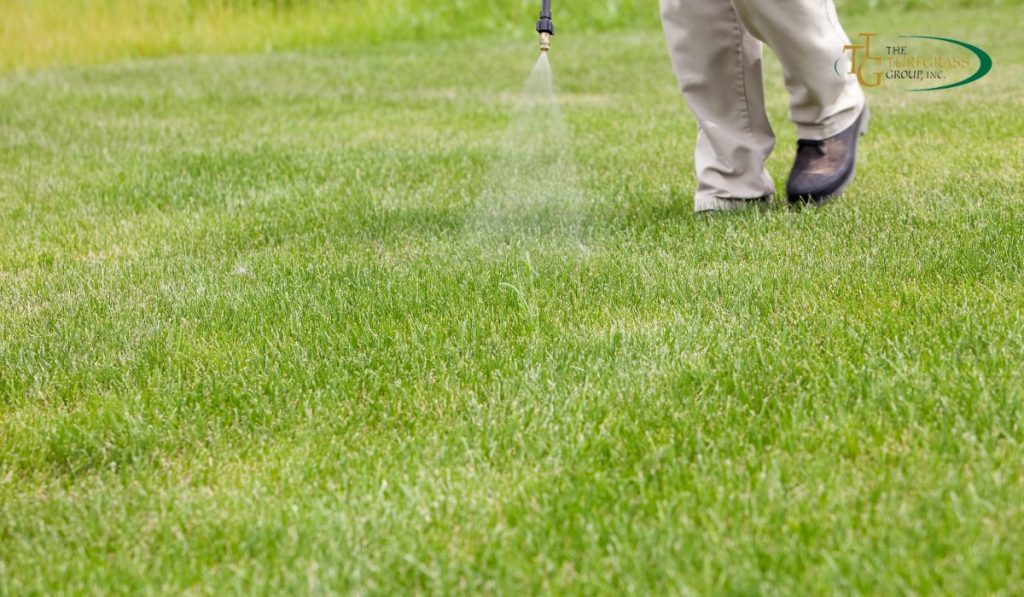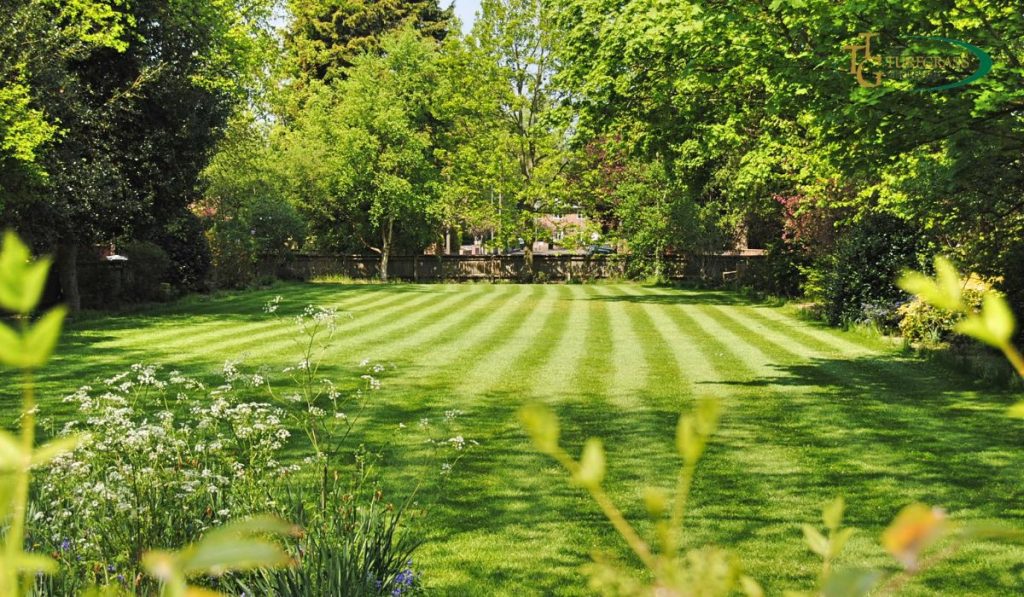
Crabgrass prevention is a key aspect of maintaining a healthy and vibrant lawn.
With the right techniques and strategies, you can keep this invasive weed at bay and enjoy a lush, green lawn throughout the year.
In this guide, we’ll delve into effective crabgrass prevention tips and techniques that will help you achieve a weed-free lawn that you can be proud of.
Understanding Crabgrass: An Overview
Crabgrass (Digitaria spp.) is an annual weed that is notorious for invading lawns and garden beds.
It thrives in warm weather and can quickly take over areas of your lawn, disrupting the uniform appearance you desire.
Crabgrass has a unique growth habit with wide blades that form a rosette pattern, making it easily distinguishable from traditional grasses.
The Importance of Crabgrass Prevention
Preventing crabgrass is essential to maintain the beauty and health of your lawn.
If left unchecked, crabgrass can compete with desirable grass species for nutrients, water, and sunlight, leading to thinning and weakening of the lawn.
Effective prevention helps preserve the integrity of your lawn and saves you time and effort in the long run.
Choosing the Right Lawn Care Products
Selecting the appropriate lawn care products is crucial for successful crabgrass prevention.
Look for pre-emergent herbicides specifically formulated to target crabgrass.
These products work by creating a barrier in the soil that prevents crabgrass seeds from germinating.

Applying these herbicides at the right time is essential for optimal results.
Best Practices for Pre-Emergent Crabgrass Control
Timing is everything when it comes to pre-emergent crabgrass control.
Apply the herbicide before the soil temperature reaches 55-60°F (12-15°C) in the spring.
This usually coincides with the blooming of forsythia shrubs or the emergence of blooming dogwood leaves.
Applying the herbicide too early or too late can significantly reduce its effectiveness.
Proper Lawn Watering Techniques to Prevent Crabgrass
Proper lawn watering plays a vital role in crabgrass prevention.
Deep, infrequent watering encourages the growth of deep roots in your grass while discouraging shallow-rooted crabgrass.
Water your lawn in the early morning to allow sufficient time for the grass blades to dry during the day, reducing the risk of disease and weed growth.
Mowing Tips for a Crabgrass-Free Lawn
Mowing your lawn at the correct height is another critical factor in preventing crabgrass.
Set your mower to the recommended height for your grass type and avoid cutting more than one-third of the grass blades at a time.
Taller grass shades the soil, making it difficult for crabgrass seeds to germinate and establish themselves.
Fertilization Strategies to Keep Crabgrass at Bay
Regular fertilization is essential for maintaining a healthy lawn and preventing crabgrass.
However, avoid excessive nitrogen fertilization, as it can promote rapid crabgrass growth.
Instead, opt for slow-release fertilizers that provide a consistent supply of nutrients to your grass without encouraging weed growth.
Creating a Weed-Free Environment: Integrated Pest Management
Integrated Pest Management (IPM) is an approach that focuses on preventing and managing pests, including crabgrass, by using a combination of cultural, biological, and chemical control methods.
This holistic approach reduces the reliance on herbicides and promotes a balanced and sustainable lawn ecosystem.
Identifying and Treating Crabgrass Infestations
If crabgrass has already invaded your lawn, prompt action is necessary.
Post-emergent herbicides can be used to target existing crabgrass plants.
However, spot-treatment is recommended, as these herbicides can harm desirable grasses if applied indiscriminately.
Follow label instructions carefully to ensure effective and safe treatment.
Long-Term Crabgrass Prevention: Seasonal Maintenance Tips
To achieve long-term crabgrass prevention, adopt a consistent lawn maintenance routine.
This includes regular mowing, proper watering, fertilization, and weed control.
Adjust your practices based on the changing seasons to keep your lawn healthy and resilient against crabgrass and other weeds.
Conclusion
Maintaining a crabgrass-free lawn requires a combination of proactive measures and ongoing maintenance.
By understanding the growth habits of crabgrass and implementing effective prevention strategies, you can enjoy a beautiful and thriving lawn that enhances the curb appeal of your property.
FAQs
What is crabgrass, and why is it a problem for lawns?
Crabgrass is an annual weed known for invading lawns due to its rapid growth and aggressive nature. It competes with desirable grass species, leading to a thin and unsightly lawn.
How does crabgrass spread, and what are its growth habits?

Crabgrass spreads through seeds that germinate in warm soil. Its growth habit involves wide blades that form a rosette pattern close to the ground.
When is the best time to apply pre-emergent herbicides for crabgrass prevention?
Apply pre-emergent herbicides before the soil temperature reaches 55-60°F (12-15°C) in the spring, typically around the time of forsythia shrub blooming.
Are there natural or organic methods to prevent crabgrass?
Yes, organic methods include promoting healthy lawn growth, maintaining proper mowing height, and practicing effective weed control through cultural practices.
Can overwatering or underwatering the lawn contribute to crabgrass growth?
Yes, both overwatering and underwatering can create conditions that encourage crabgrass growth. Proper lawn watering is essential for prevention.
What are some signs of a crabgrass infestation in the lawn?
Signs of a crabgrass infestation include the appearance of wide, coarse blades in your lawn that stand out from the surrounding grass.
What are the differences between pre-emergent and post-emergent crabgrass control methods?
Pre-emergent methods target crabgrass seeds before they germinate, while post-emergent methods involve treating existing crabgrass plants.
Are there any specific grass types that are more resistant to crabgrass?
Turfgrasses with dense growth habits, such as Kentucky bluegrass and fine fescue, can be more resistant to crabgrass invasion.
How frequently should I mow my lawn to prevent crabgrass growth?
Mow your lawn at the recommended height for your grass type and avoid cutting more than one-third of the grass blades at a time. Regular mowing helps prevent crabgrass growth.
Are there any alternative weed control methods apart from herbicides?
Yes, integrated pest management (IPM) involves using cultural and biological control methods alongside minimal herbicide use to manage weeds like crabgrass.